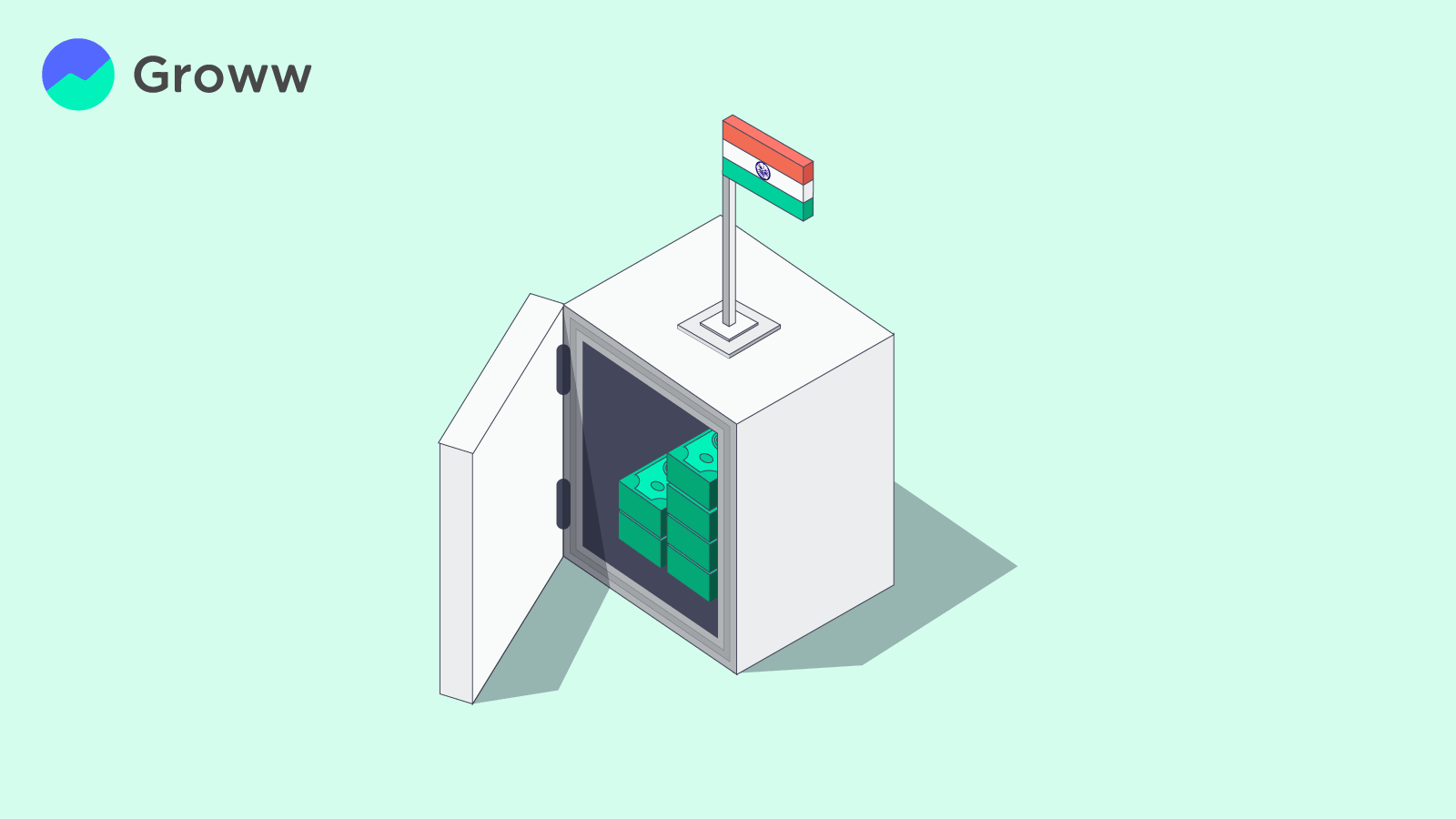What is Consolidated Fund of India

The Government of India has a well-organised system for managing funds allocated for both capital and revenue expenditures. Its financial accounts consist of three main sections - the Consolidated Fund, the Contingency Fund and the Public Account. Among these, the Consolidated Fund of India stands out as the primary reservoir for all government revenues, including interest earned and borrowed funds.
It essentially forms the cornerstone of the government’s financial system, ensuring proper accounting and efficient management of all government expenditures.
Read this blog to learn more about the Consolidated Fund of India.
What is Consolidated Fund of India - An Overview
Article 266(1) of the Indian Constitution establishes the Consolidated Fund of India. This fund gathers all government revenues, such as taxes, fees, duties and other receipts, along with loans raised by the government and recoveries of loans granted.
The money in this fund covers the government’s routine expenses, including salaries, pensions, infrastructure projects, defence, debt servicing, and various other costs.
Control over the Consolidated Fund lies with the government, but its resources can only be accessed with Parliament's approval, which is obtained through Appropriation Bills. These bills specify the nature and amounts of expenses allowed for withdrawal.
The Consolidated Fund integrates all government revenues and expenditures into a single account, ensuring transparency and accountability in public finance. It helps the government manage its finances effectively and ensures that expenditures are authorised and in line with budget priorities.
An important aspect to consider is that no money can be withdrawn from this fund without the approval of Parliament. This requirement for parliamentary authorisation ensures transparency and accountability in resource allocation. Furthermore, each state in India can establish its own Consolidated Fund of State, mirroring the central authority's structure and guidelines.
Components of the Consolidated Fund of India
Now that you know the consolidated fund meaning, let’s explore its main components. The Consolidated Fund of India is primarily divided into five sections:
- Capital Account (Receipts)
- Capital Account (Disbursements)
- Revenue Account (Receipts)
- Revenue Account (Disbursements)
- Disbursements Charged on the Consolidated Fund
Different Revenue Sources for the Consolidated Fund of India
The Consolidated Fund of India serves as the primary repository for all government revenue, drawing from various sources and transactions. These include:
-
Income from Indirect Taxes
Indirect taxes, such as the Goods and Services Tax (GST), make up a substantial part of the fund. These taxes apply to goods and services at the point of sale or consumption.
-
Income from Direct Taxes
This comprises income tax collected from individuals and corporate bodies. It includes taxes on salaries, investments, and business profits.
-
Revenue from Government Services
The fund also includes income derived from offering a wide array of public services and activities, such as administrative fees, licences, and permits.
-
Profits and Dividends from Public Sector Enterprises
Public Sector Undertakings (PSUs) contribute through the profits and dividends generated from their activities. These state-owned companies significantly bolster the government's revenue.
-
Proceeds from Disinvestment, Loan Recoveries and Debt Repayments
This segment encompasses the proceeds from selling government assets, loan recoveries, and debt repayments. These funds come from strategic divestments and the retrieval of outstanding loans.
Expenses Charged on the Consolidated Fund of India
Out of India’s Consolidated Fund are also paid several key expenses that do not require a parliamentary vote. These are known as non-votable charges. The expenses include:
- Parliamentary Salaries: It covers the salaries and allowances of the Chairman and Deputy Chairman of the Rajya Sabha and Deputy Speaker of the Lok Sabha.
- Salaries and Pensions of Judges: This includes the allowances, salaries, and pensions of Supreme Court judges. The pensions of high court judges are also paid out of India’s Consolidated Fund.
- Costs related to the President's Office: This includes the salaries, allowances, and other expenses related to the President of India's office.
- Pensions of High Court Judges: It is important to note that the pensions paid to high court judges are paid out of the Consolidated Fund of India, not the State Government.
- Supreme Court Expenses: All administrative expenses of the Supreme Court, including the salaries, perks, and pensions of its judges and staff, are paid out of this fund.
The Bottom Line
Overall, the Consolidated Fund of India underlines the nation's commitment to fiscal responsibility and transparency.
The need for rigorous parliamentary approval and the allocation of funds for essential expenditures from the Consolidated Fund highlights India's dedication to fiscal discipline.
As the country progresses toward economic growth and inclusive development, the Consolidated Fund helps the government with responsible financial management for the welfare of all its citizens.
|
You may also be interested to know |
|
|
1. |
Financial Regulatory Bodies in India |
|
2. |
List of Navratna Companies in India |
|
3. |
List of Miniratna Companies in India |
|
4. |
List of Maharatna Companies in India |
|
5. |
Difference Between FERA and FEMA |